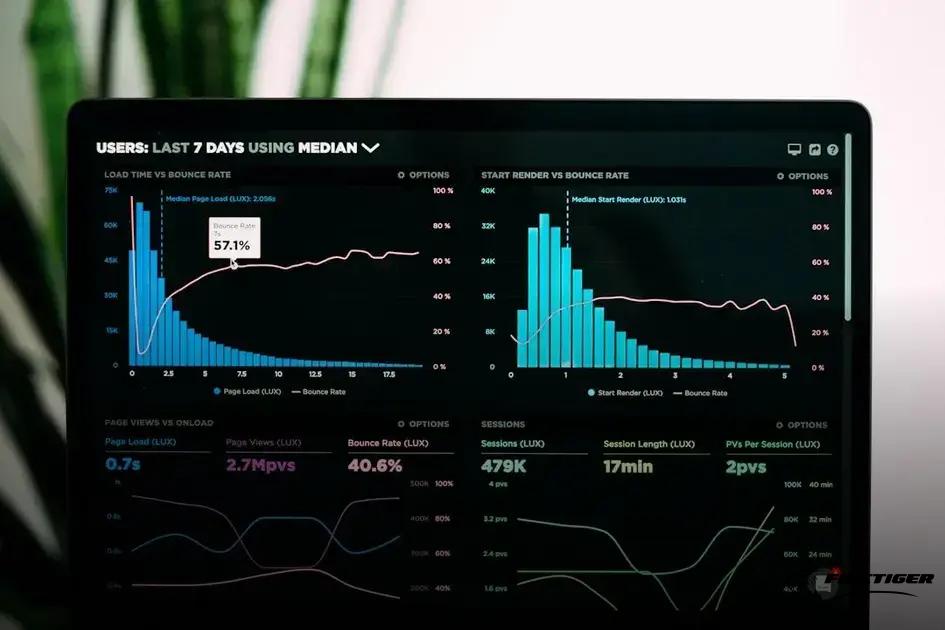Tokenized assets are transforming the investment landscape, offering new opportunities for profit. This article will guide you through understanding and leveraging tokenized assets. Explore effective strategies, learn about risk management, and discover the future trends that could shape your financial success.
Understanding Tokenized Assets
Tokenized assets represent a revolutionary shift in the way we view and handle investments. They are digital representations of physical or real-world assets, encoded onto a blockchain. This encoding process provides several benefits, including improved liquidity and access to investments that were traditionally difficult to acquire in fractional form.
An example of tokenized assets includes real estate. Traditionally, investing in real estate required substantial capital and had significant entry barriers. However, with tokenization, it is possible to purchase a fraction of a property, therefore democratizing access and allowing more people to invest with less capital.
The transparency and security provided by blockchain technology are significant factors driving the adoption of tokenized assets. Blockchain ensures that all transactions are recorded on an immutable ledger, reducing the risk of fraud and enhancing trust among investors.
Another advantage of tokenized assets is the potential for faster and more efficient transactions. Traditional asset transfer processes can be sluggish and encumbered by paperwork and intermediaries. In contrast, transactions with tokenized assets can be completed swiftly via smart contracts, which automatically execute the terms of an agreement once specified conditions are met.
Understanding how tokenized assets function is essential for anyone looking to profit in this rapidly evolving market. They provide a unique opportunity to diversify investment portfolios and participate in markets that were previously out of reach.
Investment Strategies for Beginners

Investment strategies can seem daunting at first, especially when they involve emerging concepts like tokenized assets. However, understanding some basic strategies can help beginners step into this innovative world confidently.
When considering tokenized assets, diversification is a key strategy. By spreading investments across different asset classes — such as real estate, art, or commodities — you can reduce risk and maximize potential returns. This is because the performance of tokenized assets might not directly correlate with traditional markets, offering unique opportunities.
Moreover, beginners should consider a buy-and-hold strategy. With the incorporation of digital technologies and blockchain, the markets can be volatile. However, by holding onto tokenized assets, investors may benefit from long-term trends and market appreciation. Patience often pays off in these scenarios.
It’s also essential to stay informed and educated. Start by engaging with community forums or following respected analysts in the fintech and blockchain sectors. This can provide insights and real-time updates that aid decision-making.
Finally, consider the strategy of dollar-cost averaging. By investing a fixed amount regularly, regardless of market conditions, an investor can eliminate the guesswork of timing the market. This approach can reduce the effects of market volatility and provides a disciplined framework for investment.
Risk Management in Tokenized Markets
Managing risk in tokenized markets is crucial for safeguarding your investments and maximizing profitability. In these evolving markets, risk management involves identifying potential risks that may impact your assets. Risks in tokenized markets can stem from market volatility, regulatory changes, and technological vulnerabilities.
One effective strategy is diversification. By spreading your investments across multiple tokenized assets, you reduce the impact of poor performance from any single asset. It’s important to thoroughly research each investment option and assess the associated risks to make informed decisions.
Another method is to set clear investment goals, taking into account your financial objectives and risk tolerance. This helps in selecting tokenized assets that align with your strategy and in developing a plan for exiting investments if they approach unacceptable risk levels.
Additionally, staying informed about the latest developments in the tokenized market space is essential. This includes monitoring regulatory changes, keeping up with technological advancements, and understanding how these factors might affect your asset portfolio.
Moreover, consider using tools and platforms that offer insights and analytics. These tools can provide valuable data to help make better investment decisions and manage risks efficiently. By leveraging technology, investors can gain a competitive edge in navigating the complexities of tokenized markets.
Lastly, continuously reevaluate your risk management strategies to ensure they remain effective amidst changing market conditions. Adopting a proactive approach to risk management helps to secure your investments and optimize returns in the dynamic landscape of tokenized assets.
Future Trends and Opportunities

As the digital landscape evolves, tokenized assets are gaining increasing attention from investors. Multiple factors contribute to this trend, including blockchain’s capacity to facilitate secure and transparent transactions. The integration of smart contracts further enhances automation and efficiency, minimizing the reliance on intermediaries.
Looking ahead, one prominent trend is the expansion of institutional involvement. Financial institutions are exploring tokenization to improve liquidity and access to global assets, driving more capital into this emerging market.
Meanwhile, regulatory landscapes are adapting to accommodate these innovations. Enhanced regulatory frameworks aim to protect investors while promoting technological advancements. This evolving landscape can create an ecosystem where tokenized assets can thrive.
Tokenization of Real Assets
is another burgeoning area. From real estate to art, tokenizing physical assets opens opportunities for fractional ownership, enabling broader investor participation. This can democratize investments traditionally reserved for the wealthy and add significant liquidity to illiquid markets.
Moreover, opportunities abound in the realm of decentralized finance (DeFi). DeFi platforms amplify the utility of tokenized assets, creating avenues for lending, borrowing, and earning interest without conventional financial institutions’ constraints.





